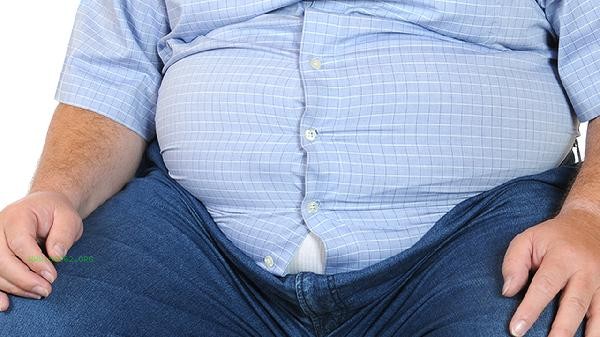Scientific combination of three meals a day is the key to weight loss, mainly achieved by controlling calorie gaps, balancing nutrient allocation, and optimizing eating time. The core methods include high protein breakfast pairing, low sugar lunch selection, light fasting dinner strategy, all day water management, and snack replacement plan.

1. High protein breakfast:
Consuming 20-30 grams of high-quality protein for breakfast can increase the metabolic rate throughout the day. Recommend boiled eggs with sugar free soybean milk, or 150g chicken breast with whole wheat bread. Protein digestion requires consuming more calories and can prolong satiety for more than 4 hours. Avoid traditional high carbon water breakfasts such as porridge deep-fried dough sticks, which will lead to rapid fluctuations in blood sugar and premature hunger.
2. Low glycemic index lunch:
Choose low glycemic index carbohydrates such as brown rice or buckwheat noodles as the main course for lunch, paired with 200 grams of steamed fish and two fists of green leafy vegetables. Using the 211 plate rule: 2 servings of vegetables, 1 serving of protein, and 1 serving of coarse grains. Pay attention to using olive oil instead of animal oil in cooking, and control the total oil consumption within 10 grams. Eating vegetables first, then protein, and finally staple food during meals can naturally reduce calorie intake by 15%.
3. Light fasting dinner:

Dinner should be completed before 19:00, preferably with mushroom tofu soup paired with 100g blanched broccoli. Adopting a 16:8 light fasting mode, that is, maintaining an empty stomach for 16 hours from dinner to breakfast the next day. Research has found that this method can activate cellular autophagy and help break down excess fat. Absolutely avoid high salt night snack. Sodium ion will cause water retention and make body weight falsely high.
4. Timed drinking:
The total daily drinking volume should be controlled between 2000-2500 milliliters, and a timed drinking strategy should be adopted. 500 milliliters of warm water on an empty stomach in the morning can promote intestinal peristalsis. 300 milliliters of water 30 minutes before meals can reduce the amount of food consumed during meals. After exercise, supplement with electrolyte rich water to avoid metabolic disorders. Be careful to avoid drinking large amounts of water at once, as this can burden the kidneys and dilute gastric juice, affecting digestion.
5. Healthy snacks:
Choose original almonds and sugar free Greek yogurt as snacks, with each intake controlled within 100 calories. During the low blood sugar period from 15-16 pm, you can eat half an apple with 10 grams of nuts to stabilize your blood sugar and avoid overeating at dinner. Resolutely resist processed snacks, which contain trans fatty acids and fructose syrup that can hinder fat breakdown.

A weight loss diet requires establishing sustainable eating habits, and it is recommended to set up a flexible diet day once a week to avoid metabolic adaptation. Combining 30 minutes of low-intensity exercise daily, such as brisk walking, swimming, etc., yields better results. Regular monitoring of changes in body fat percentage is more meaningful than simply focusing on weight. It is recommended to control body fat percentage at 20-25% for women and 15-20% for men. When there is a sustained plateau period, you can consult a nutritionist to adjust the ratio of the three major nutrients, and avoid excessive dieting that may cause basal metabolic damage.



Comments (0)
Leave a Comment
No comments yet
Be the first to share your thoughts!